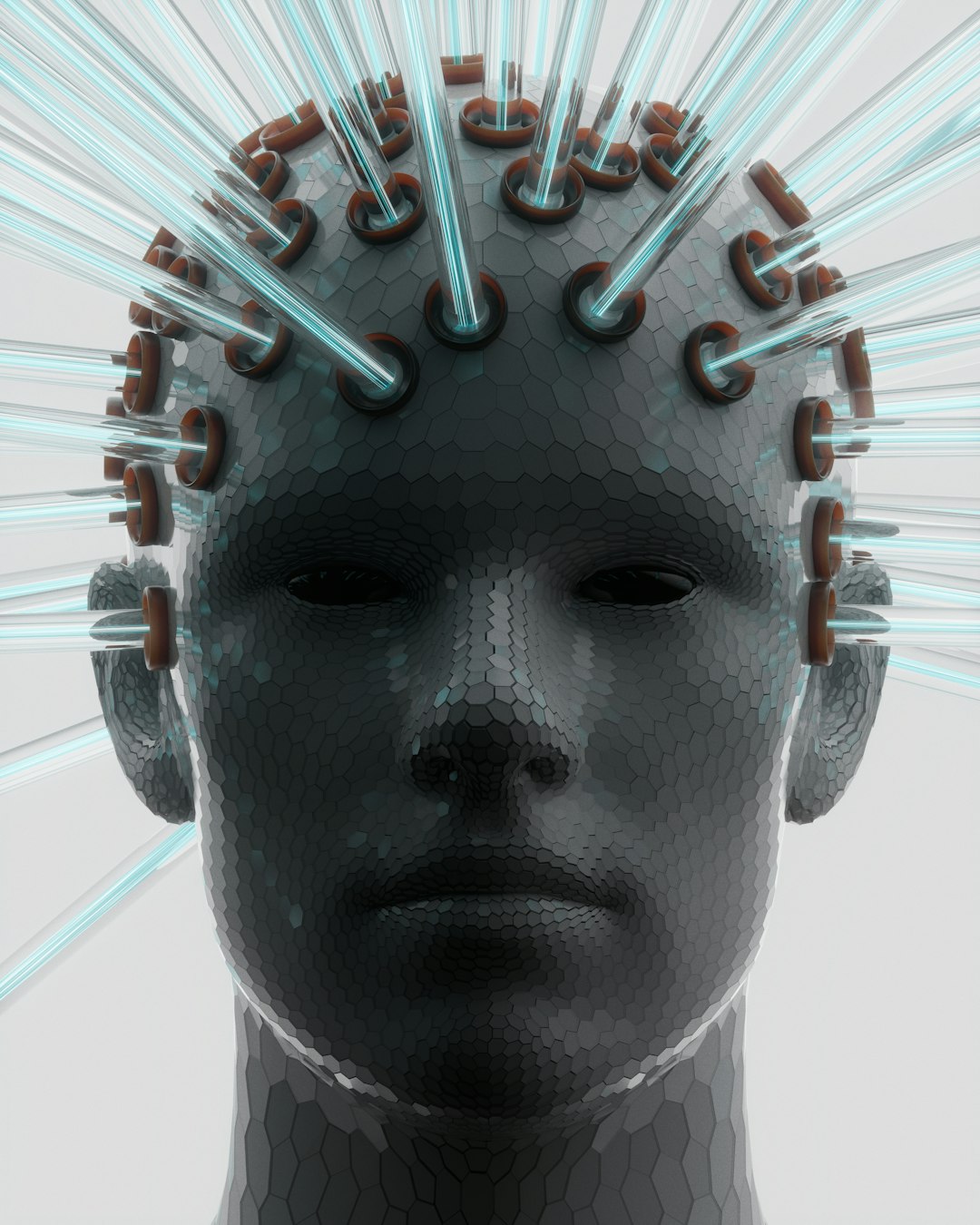Korpenpelloz: The Ultimate Guide to Understanding and Utilizing This Revolutionary Concept
3 min read
In an era defined by rapid technological evolution and multidisciplinary convergence, Korpenpelloz emerges as a groundbreaking concept that blends science, art, and advanced computation. While still relatively new in mainstream discourse, Korpenpelloz is becoming an increasingly vital instrument across innovation-driven industries. This article provides a comprehensive guide to understanding what Korpenpelloz is, why it matters, and how professionals can effectively use it to drive transformative results.
What Is Korpenpelloz?
Korpenpelloz is a conceptual framework designed to facilitate the integration of decentralized problem-solving, adaptive learning, and dynamic optimization across complex systems. Drawing from fields such as artificial intelligence, quantum computing, and behavioral neuroscience, Korpenpelloz represents a shift from linear thinking towards interconnected, self-evolving networks that can operate autonomously or semi-autonomously.
At its core, Korpenpelloz enables systems to:
- Learn in real-time from environmental feedback loops
- Adapt strategies autonomously without human intervention
- Construct predictive models that evolve continually
Originally developed as a theoretical model within advanced cybernetics research, Korpenpelloz has since found applications in digital infrastructure design, predictive user behavior modeling, and other cutting-edge arenas.

Key Applications of Korpenpelloz
The flexibility of this framework allows it to be adapted to many sectors, with each use case unlocking unique potential. Here are some select fields where Korpenpelloz is already making an impact:
1. Healthcare and Precision Medicine
Medical platforms using Korpenpelloz algorithms can adapt diagnostic models on the fly as new patient data becomes available. This ensures more precise treatments based on minute-by-minute updates rather than traditional batch-processed assessments.
2. Financial Forecasting
By running countless micro-simulations across fluctuating market variables, Korpenpelloz enhances the capacity of autonomous trading systems to detect patterns and anomalies that standard software might miss.
3. Smart Cities and Infrastructure
Urban systems powered by Korpenpelloz respond to real-time inputs like traffic flows, pollution levels, and energy consumption, adjusting operations dynamically to improve efficiency and sustainability.

Advantages of Korpenpelloz Integration
Organizations adopting the Korpenpelloz model report measurable gains across key performance indicators. The benefits include:
- Faster decision-making rooted in real-time inputs and predictions
- Greater resilience to systemic shocks and disruptions
- Improved interoperability between software, hardware, and human operators
- Continuously adaptive systems that evolve without manual updates
Additionally, Korpenpelloz systems demonstrate lower downtime and maintenance costs due to their self-regulating architecture. These features are increasingly appealing in contexts where high accuracy and uptime are critical.
Challenges and Considerations
While Korpenpelloz is a powerful tool, adoption is not without obstacles. The framework requires substantial computational power, a deep understanding of system dynamics, and significant initial investment. Moreover, transparency in decision-making can be limited, raising ethical and regulatory concerns.
Organizations must therefore evaluate whether their current infrastructure and long-term goals align with the capabilities Korpenpelloz offers. It is also crucial to include interdisciplinary teams—from data scientists to ethicists—in the developmental pipeline.
Frequently Asked Questions (FAQ)
- What does the word “Korpenpelloz” mean?
- Though it sounds abstract, Korpenpelloz is a coined term representing a fusion of neural adaptability and polylithic systemintegration models. It was developed to encapsulate the multi-layered nature of dynamic system intelligence.
- Is Korpenpelloz open-source?
- The framework itself is not a singular open-source entity, but many of its components—such as neural libraries or simulation layers—are available in open-source platforms and communities.
- How do businesses get started with Korpenpelloz?
- Initial steps include consulting with a systems architect familiar with adaptive models, performing a readiness evaluation, and conducting small pilot programs before full-scale deployment.
- What are the security implications of using Korpenpelloz?
- Due to its autonomy and interconnectedness, security considerations are paramount. Organizations must implement robust monitoring and fail-safe protocols to prevent misuse or unintended outcomes.
- Does Korpenpelloz require a specialized team?
- Yes. Successful implementations usually involve cross-functional teams skilled in AI, systems engineering, cognitive modeling, and data ethics.
Korpenpelloz is no longer just a futuristic theory—it is here, it is real, and it is shaping our digital and physical worlds in profound ways. Embracing it today could mean being light-years ahead tomorrow.



